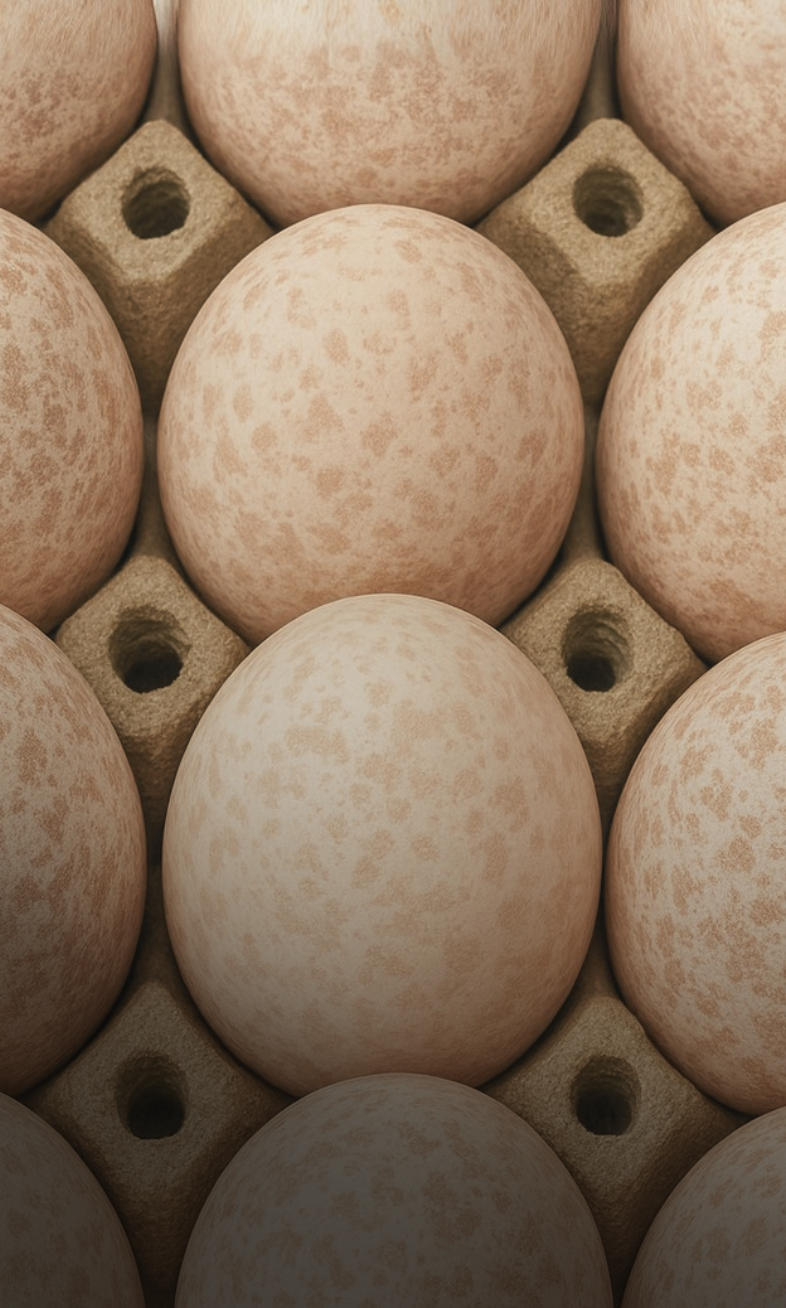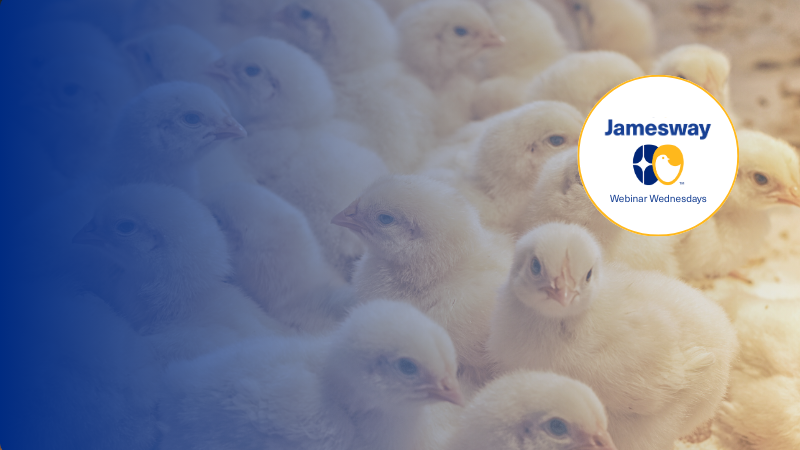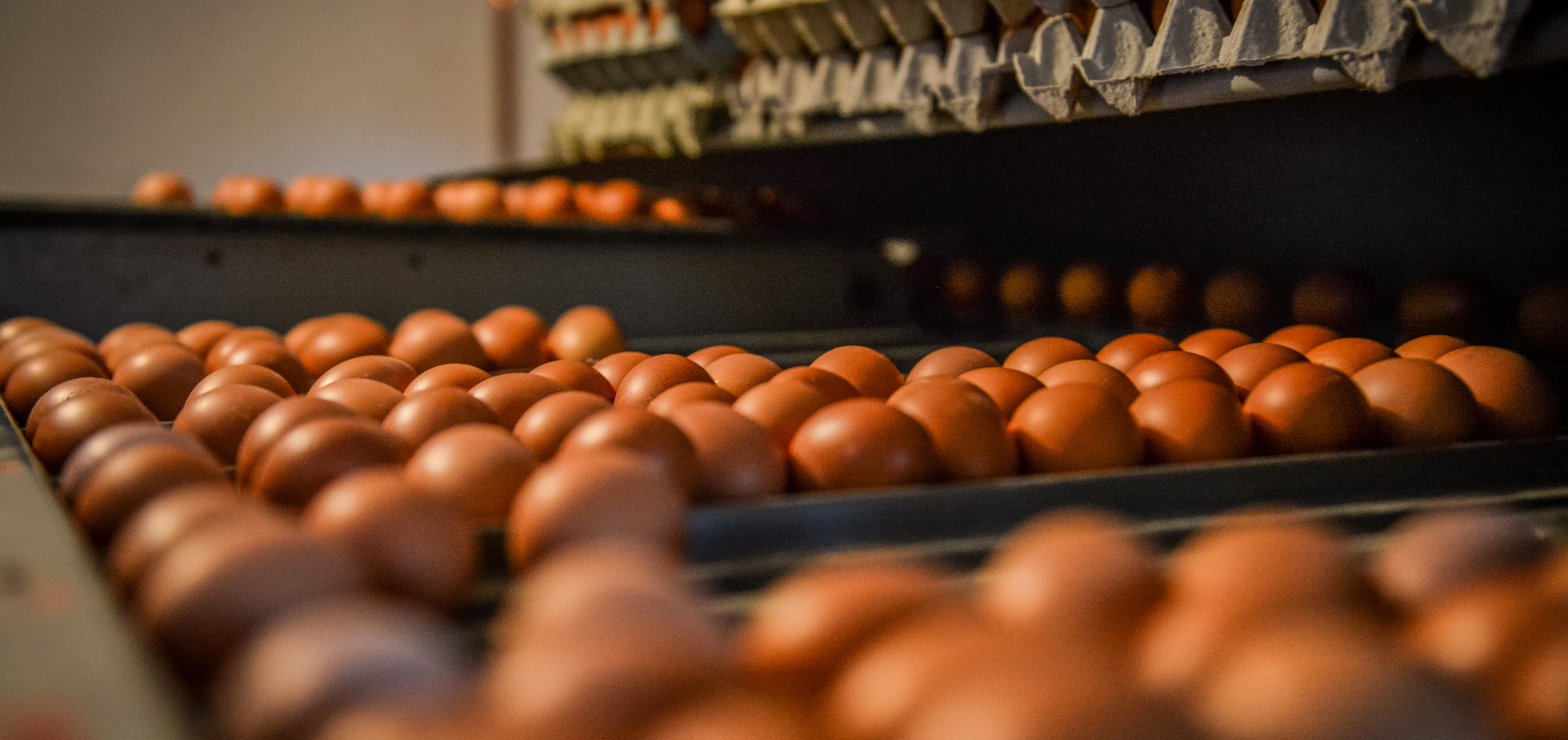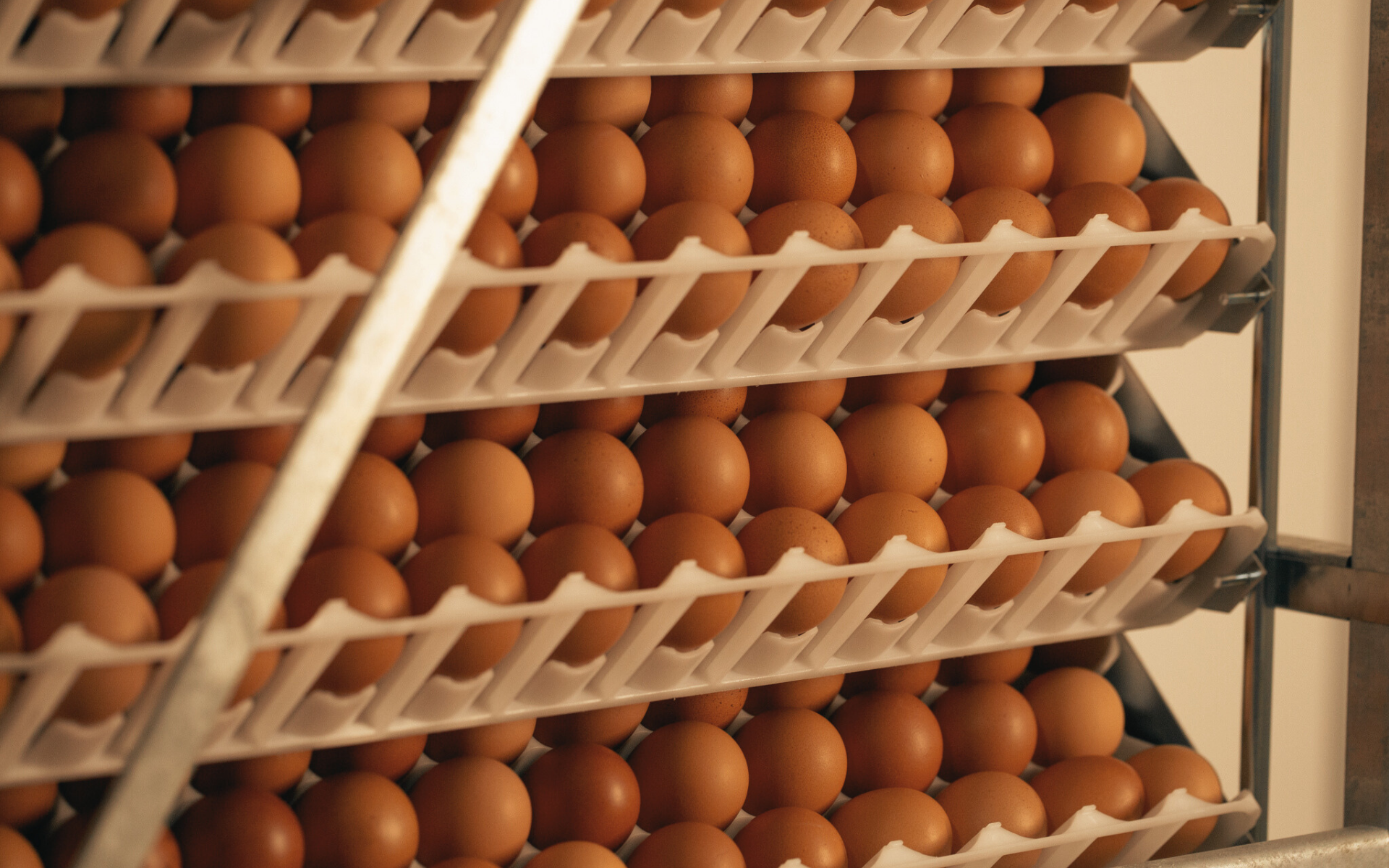By Vanny Hardianto, Hatchery Consultant – APAC June 2025
Eggshells may look simple, but they play a big role in protecting the embryo and helping it develop properly during incubation. When eggshells are not formed correctly, it can cause problems. One of the most common issues we see is mottled eggshells.
What Is a Mottled Eggshell?
A mottled eggshell has uneven spots that you can often see clearly when candling the egg. These spots are usually larger and appear more translucent than the rest of the shell. This happens when the structure of the shell is not properly formed.
Think of it like building a wall: if the bricks aren’t lined up correctly, or if there are gaps, the wall will be weak. The same thing happens with the shell.
How Does a Normal Eggshell Form?
The eggshell forms in layers, mostly in the hen’s uterus over 18 to 20 hours. It’s made up of:
- Membranes (inner and outer)
- Inner shell (mammillary layer): The foundation
- Outer shell: Where the main strength comes from
- Cuticle: A thin outer coating that protects the shell from bacteria and moisture loss
A healthy shell is made of about 94% calcium carbonate, plus proteins and other minerals.
What Causes Mottled Eggshells?
Mottling usually means the shell structure was disturbed during formation. This can happen because of:
- Stress on hens (heat, handling, environment)
- Diseases like Infectious Bronchitis or Egg Drop Syndrome
- Mycotoxins in feed
- Low calcium or poor absorption
- Manganese deficiency
As birds get older, they are also more likely to lay eggs with mottled shells.
Why Should Hatcheries Care?
Mottled eggshells can cause:
- Excess water loss during incubation
- Weaker embryos
- Higher chick mortality in the first week
- Wider hatch windows
- Poor chick quality
Even if the chicks hatch, they might be too weak to perform well on the farm.
What Can Hatcheries Do?
If you notice mottled eggshells coming into your hatchery:
- Contact the breeder farm immediately
They may need to adjust calcium levels or check for disease.
- Grade out severely mottled eggs
If they’re too thin or porous, they may not hatch properly.
- Monitor egg weight loss
Adjust humidity in the setters if eggs are losing too much water.
- Avoid storing eggs too long
Use a humidified room if needed.
- Use early feeding and drinking programs
If chicks are weak, this gives them a better start.
How to Prevent Mottled Eggshells?
Breeder farms can help by:
- Keeping hens healthy and stress-free
- Ensuring proper nutrition, especially calcium and vitamin D
- Using probiotics and mycotoxin binders in feed
- Managing flock health with good biosecurity and vaccinations
In Summary:
Mottled eggshells may look like a small issue, but they can lead to big problems in hatchability and chick health. With good communication between hatcheries and breeder farms, and the right prevention strategies, these issues can be reduced significantly.
If you’re interested in learning more, please email us at sales@jamesway.com. We would be happy to talk more about how Jamesway can improve your hatchery.
Hatchery excellence. Made easy.




